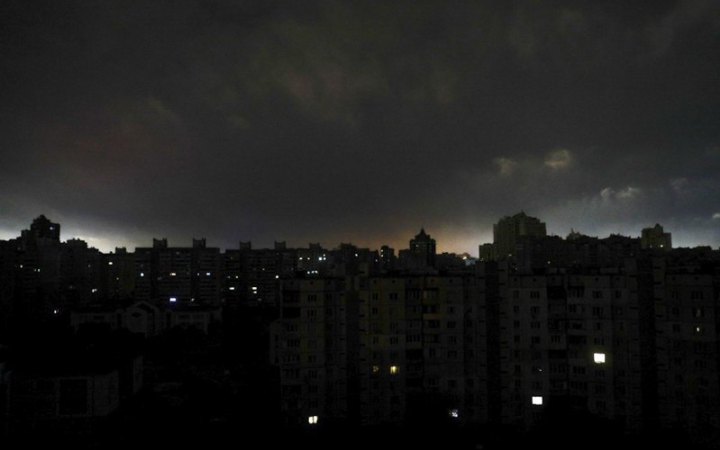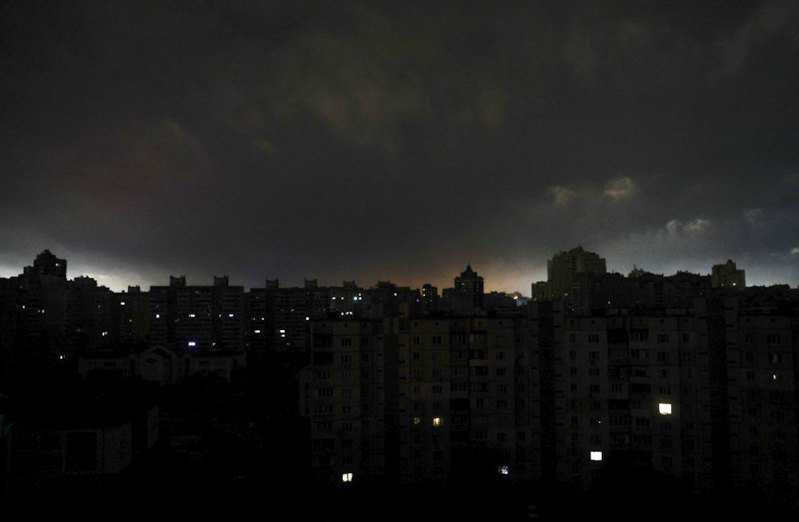
July's rehearsal for winter
It was not the first time since the beginning of the month that electricity was cut off simultaneously for four consumer groups (six in total). This means that the electricity shortage on hot days is only growing. The government does not disclose exactly how much of the resource the country lacks for security reasons. At the same time, analysts at the Razumkov Centre have calculated that during peak summer hours, the electricity shortage fluctuates around 3 GW, which is equal to the capacity of the same number of nuclear power units.
July will be a rehearsal for the next difficult winter. Losses in generation due to shelling have already reached 9 GW, and Russia continues to try to cause even more damage to the Ukrainian energy sector. Since the end of March alone, electricity generation and distribution facilities have suffered at least seven massive attacks. The Kremlin has not stopped targeting regions or cities either. For example, in Kyiv on Monday, 8 July, Russians destroyed or severely damaged three transformer substations.
Starting on Tuesday, 9 July, new blackout schedules were to be introduced for two weeks in Ukraine. It was planned that one day a certain Region would have electricity throughout the day. In this way, Ukrenergo wanted to measure the daily electricity consumption in each Region. But the introduction of such schedules had to be cancelled due to a significant deficit.
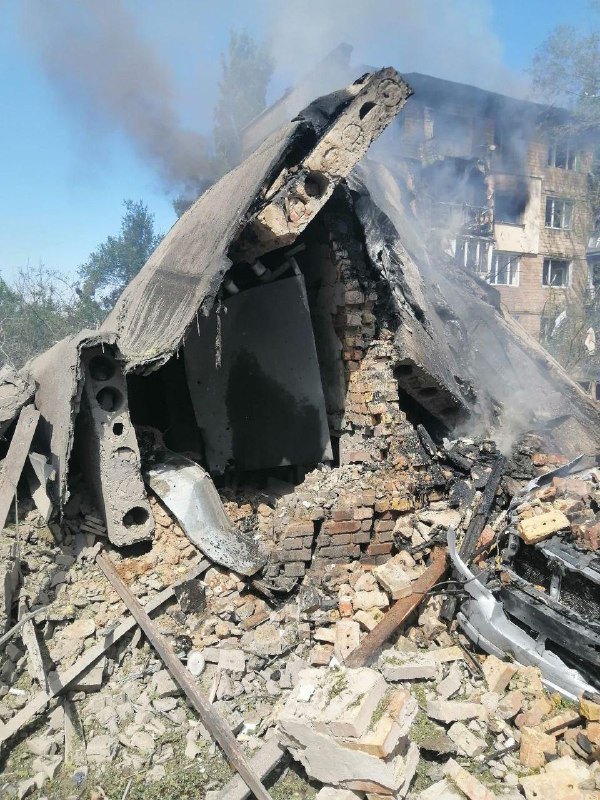
"In July, we have the largest capacity deficit in the last six months, perhaps. In my opinion, the way we go through this month is roughly how we can predict the winter. Of course, unless there are new powerful hits, for example, in hydro or thermal power plants. I would give an additional four hours of outages per day with a correlation to various factors," said Volodymyr Omelchenko, director of energy programmes at the Razumkov Centre.
July also marks the peak of the scheduled maintenance campaign at nuclear power plants. The government has reported that this year they will be repaired at an accelerated pace, but without threatening nuclear safety. The exact schedule of repairs is not made public. However, based on the experience of previous years, three or four nuclear units were usually shut down in July. In total, there are nine in the territory controlled by Ukraine. Another six are under Russian occupation, at Zaporizhzhya NPP.
"Given the circumstances - constant targeted enemy attacks - we are trying to ensure that all nuclear units under our control are in operation during the heating season. This requires fuel replacement and maintenance, and this is not only to keep them operating in winter, but also to ensure nuclear and radiation safety, which is probably the most important priority," said Deputy Energy Minister Svitlana Hrynchuk.
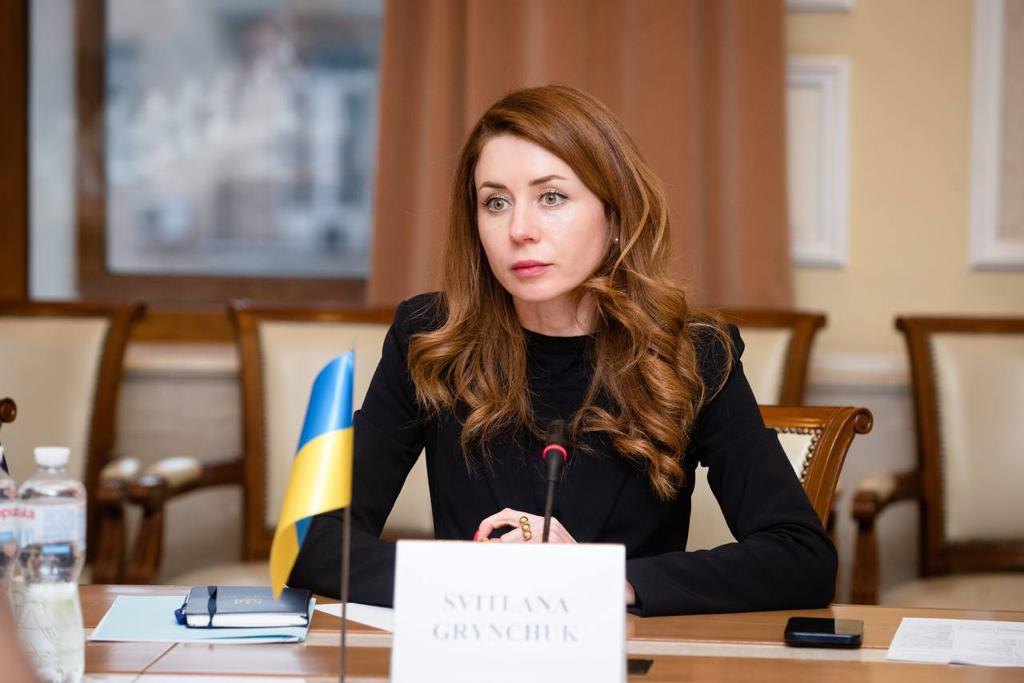
The third factor that makes July a rehearsal for a difficult winter is a significant increase in electricity consumption. Ukrenergo said that in summer, the country needs about a third more electricity than in spring. Peaks in consumption during the hot months are actually equal to those of winter.
To understand: when consumption grew by at least two to three per cent, the country had to switch on an additional unit of a thermal power plant. But now it is impossible: most thermal power plants have been attacked by the Russians, and more than 40 units have been destroyed. For example, state-owned thermal generation has been completely destroyed. It was responsible for an important function for the country - manoeuvring. In other words, in times of high demand, TPPs would quickly switch on additional units. To balance the power system now, we have to cut off power to consumers - there is no other way out. Unfortunately, Ukrainians forget this when they use air conditioning while others are without electricity.
"I would rather say that now it is a kind of training. And the main exam will be in winter. Why I would not compare the situation in summer and winter is because we do not know what will happen with heating. Yes, we have a campaign that every boiler house should have a backup power source. Winter will show how it will be implemented. And I would also say that the effectiveness of air defence is the main component of our successful preparation for the winter period," says Olena Lapenko, General Manager of Security and Resilience Advisory Services at DiXi Group.

At the end of July, several nuclear units will return to operation after scheduled repairs. This is when blackouts may become shorter, Ukrenergo predicts. However, this does not mean that blackout schedules will cease to be applied at all. Starting from the end of summer, there will be fewer hot days, and the Ukrainian energy sector will have a short respite until the first frost, when electricity consumption will increase again.
"During the recent shelling, Ukraine lost 9 GW of installed capacity. This is a volume that cannot be compensated for in the near future. That is, the blackout is a long-term story, for another year, two years and possibly more, until we restore generation," said Oksana Ishchuk, Executive Director of the Centre for Global Studies Strategy XXI.
Due to the heat and lack of rain, the generation of Ukrainian hydroelectric power plants has decreased, which was already extremely low. They are unlikely to be able to supply more power to the grid in the near future for two main reasons. The first is significant damage to the generation facilities, with two dozen hydroelectric units out of action due to Russian shelling. The second reason is that the heatwave is not going to abate, with forecasters predicting temperatures above +30°C at least this week.
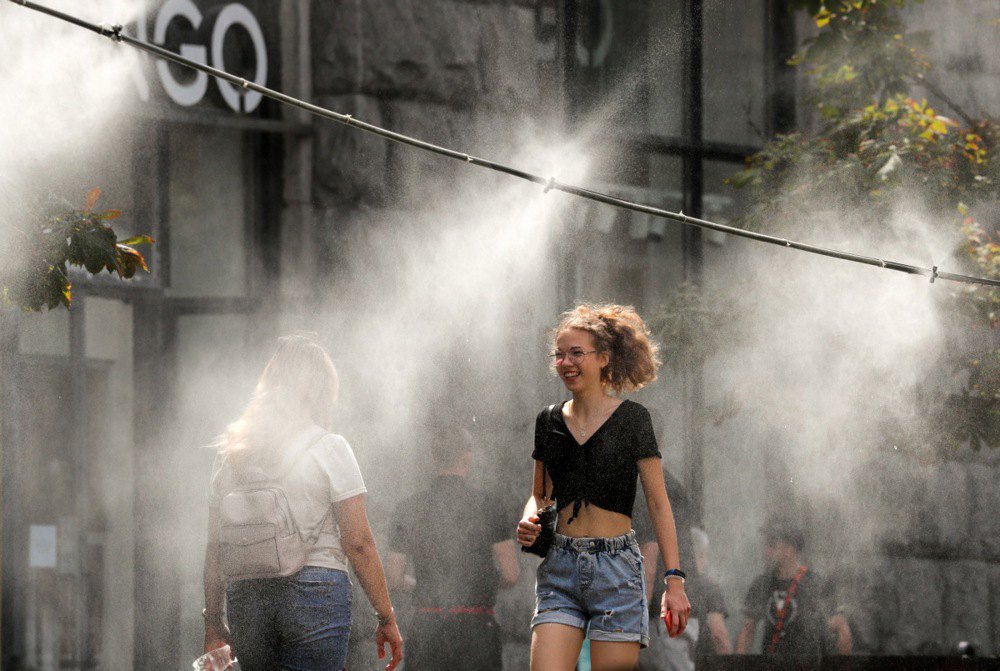
"The reason for all the problems is the shelling. And we should not believe in myths and spread them: no one exports electricity, the blackouts are not because someone wants to at this moment, but because there is not enough electricity to cover the needs. The key is whether we will demonstrate unity in response to this challenge, as we did during the full-scale war," said Andrian Prokip, energy expert at the Ukrainian Institute for the Future.
The government has repeatedly called on people to save electricity, as there is now a shortage of electricity around the clock. People are asked not to switch on all appliances at the same time. Experts also recommend not using some of them. For example, if possible, it is better to switch off boilers altogether and use hot water from the mains. This will reduce electricity consumption and save money.
Increased imports: results are promised by the end of summer
In June, the monthly volume of electricity imports was the highest in the last ten years. Ukraine purchased about 850 million kWh from neighbouring countries. Another record - this volume exceeded even the total electricity imports for the whole of 2023.
Hungary sold the largest amount of electricity to Ukraine. The number of Ukrainian electricity importers has also increased to three dozen. The issue of expanding the import limit of 1700 MW has not yet been resolved. The government said that negotiations are still ongoing, and a decision is expected by the end of summer.
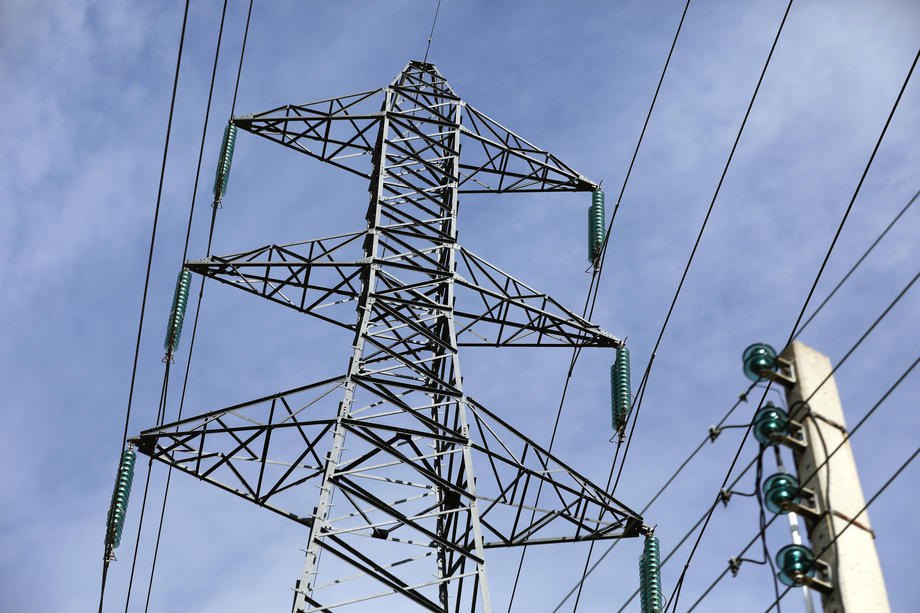
Several European countries have already said they are ready to increase electricity sales to Ukraine. The management of Poland's Transmission System Operator said that exports to Ukraine could increase by 860 MW. The President of Slovakia also believes that his country can increase electricity sales to Ukraine in autumn and winter. Moldova offers an interesting supply scheme. The country is ready to deploy several gas-fired generating units on its territory. Ukraine will supply Moldova with fuel and receive electricity in return.
"Ukraine is negotiating an increase in the volume of the crossing by 500 MW. The decision is made by the European Network of Transmission System Operators for Electricity, not by an individual EU state. Then everything depends on our partners: on their physical and technical readiness," said Olha Babiy, a member of the NEURC.
In June, Ukrenergo had to ask for emergency assistance from its neighbours. For five days, Romania, Poland and Slovakia provided us with it. Also last month, Ukraine had to give away surplus electricity twice as an emergency. This was due to the inability to supply domestic consumers on those days. But such operations should not be confused with commercial exports. The state has not sold electricity abroad since the beginning of May.
"We have no exports, period. But there are problems with imports. Because we use it, even the existing limit, by about 60-65%. Sometimes it is even less, for example, on 1 July, during the hot hours, we used up to 30-40% of the import capacity. Why? Because the energy bloc of the government has not ensured that the conditions of the Ukrainian and European Union markets are compatible," said Volodymyr Omelchenko.
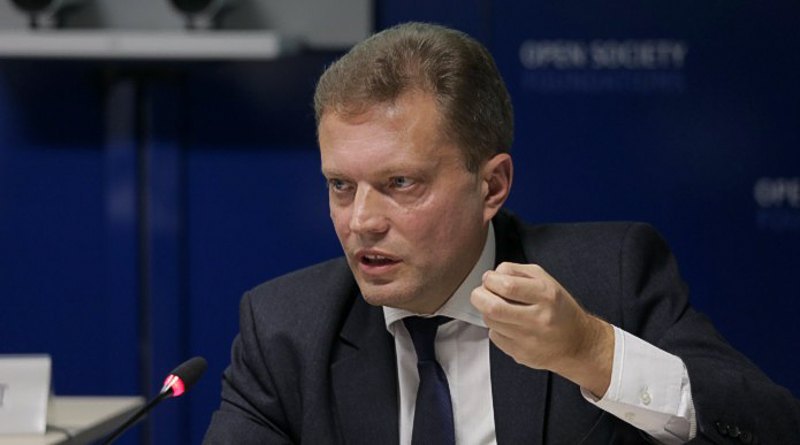
Ukrainian businesses are particularly interested in importing electricity. If entrepreneurs buy electricity abroad, they are not subject to blackout schedules. This mechanism was approved by the Cabinet of Ministers in the spring. But the rules were amended significantly.
"Until 1 June, the mandatory volume of imported electricity purchases was 30% of the total hourly consumption to ensure its supply without restrictions due to a shortage of electricity in the power system. By a decision of the Cabinet of Ministers of Ukraine, it was increased to 80%. And this, as has been the case in recent years, was done without justification and discussion with business and industry associations, without analysing the impact on the economy, etc.", said former Energy Minister Olha Buslavets.
Winter forecasts: too many buts
It is too early to predict what the next heating season will be like. However, both the government and energy companies are preparing for several scenarios. One thing is certain: power outage schedules will remain. The only question is how long they will last, but that depends on many factors, including new missile and bomb attacks on the power grid.
"We shouldn't create panic among people, we should tell them that yes, we have lost a large amount of generation, we will have blackout schedules and we have to learn to live with them. I am not sure that, for example, in October it will be worse. It will all depend on the volume of imports, on the generation capacity that will be restored by winter. It also depends on the level of consumption and temperature conditions. Therefore, these may be better shutdown schedules than we have now," says Olha Babiy.

The private company Yasno, which supplies electricity to residents of Kyiv city and Dnipropetrovsk Region, believes that blackouts in winter can last 12 hours a day. This scenario is called the baseline. In frosty weather, the electricity shortage in Ukraine will reach one third of the demand, predicted the company's director, Serhiy Kovalenko. At the same time, he added that these figures are only modelling, and a more accurate forecast will be available at the end of summer.
Ukrenergo refrains from making too precise predictions, even with numbers. The company explains that the scenarios depend largely on the extent to which the damaged generation can be restored. And whether Ukraine will be able to effectively repel new Russian attacks on our energy sector.
And while Volodymyr Zelenskyy's so-called gigawatt remains a subject of debate, Ukraine's foreign partners report on new generation facilities that are already being installed. The US Agency for International Development has transferred 91 cogeneration units to Ukraine. Their total capacity is over 56 MW. In winter, this equipment will provide heat to 1 million residents of apartment buildings and will also serve as a backup source of electricity for hospitals.

Local communities are also purchasing small generating units. Kyiv has purchased the most such equipment. According to Nashi Hroshi, the capital held tenders totalling more than UAH 1 billion. For these funds, 15 units were purchased, each with enough capacity for, say, one hospital, a total of more than 60 MW.
The government claims that there are no more obstacles to installing small-scale generation in Ukraine. The construction procedures have been greatly simplified. In particular, the Cabinet of Ministers has shortened the list of permits. Among other things, the most problematic ones related to urban planning rules. Even the construction of the facility itself can now take place in parallel with the development of project documentation. And officials must issue a permit to connect to the power grid within two days.









